The origins of anime can be traced all the way back to the 20th century, with the earliest verifiable Japanese animations dating back to 1907. Even before cinema was conceived, the Japanese had made themselves globally famous for a traditional form of entertainment involving painted figures moving across a projection screen in a “magic lantern” show that had existed since the 19th century and were reminiscent of European phantasmagoria shows. In the late 1910s, the most famous generation of animators rose to prominence; Ōten Shimokawa, Jun’ichi Kōuchi and Seitaro Kitayama, who were dubbed the “fathers” of anime. Thirty years later, Momotarō no Umiwashi (1943) and Momotarō: Umi no Shinpei (1945) were created, the latter of which became the first anime feature film.
Translated to Momotaro: Sacred Sailors or occasionally “Momotaro’s Divine Sea Warriors,” Mitsuyo Seo’s propaganda feature film was a byproduct of World War II after the Japanese Naval Ministry ordered its creation. It was a sequel to Momotarō no Umiwashi, a 37-minute film (too short to classify as a feature) released in 1943 — also made by Seo. Interestingly, Momotarō: Umi no Shinpei was inspired by Disney’s Fantasia (1940) and Seo aimed to instill the hope for peace and prosperity during those harrowing times. The film was aimed primarily at children, using anthropomorphism as a means to indoctrinate children and inspire nationalism. Throughout, the fascist propaganda film glorifies imperialism and effectively brainwashes children, encouraging unwitting servitude and loyalty to the Japanese Naval Ministry.
As decidedly harmful as Momotarō: Umi no Shinpei was, it successfully paved the way for Japanese animation and Seo’s feature film became a ground-breaking and monumental stepping stone for Japanese culture. Osamu Tezuka — the “Father of Manga” — was a renowned Japanese cartoonist and animator who had seen the film in April 1945. Sometime later, Tezuka said, as per the Los Angeles Times, “I sat in the freezing Shochiku-za movie theater, which had somehow survived the bombings, and watched the film and I was so impressed, I began weeping uncontrollably.” Tezuka was moved by the film’s hints at hopes and dreams, cleverly disguised as toxic propaganda.
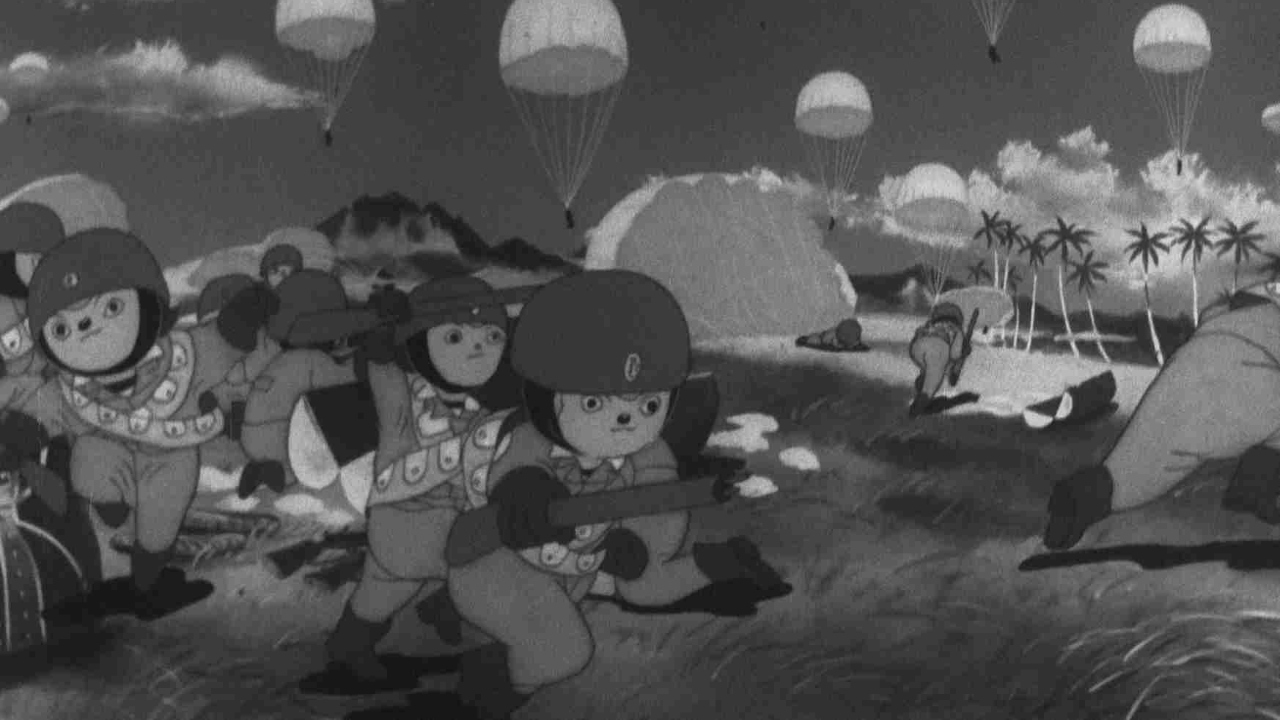
Momotaro: Sacred Sailors opens on naval training graduates — Bear, Monkey, Pheasant and Puppy — as they bid farewell to their families, preparing to leave and fight for the Japanese Naval Ministry. Monkey’s younger brother, Santa, gets swept downstream toward a waterfall after accidentally falling into the river, forcing Puppy and Monkey to coordinate a rescue. The breathtaking environment of Mt. Fuji reminds Monkey of Japanese paratroopers, which prompts many time skips; one of which involves the Japanese forces constructing an airbase on a Pacific Island with the help of several anthropomorphic jungle animals. By this time, Bear, Monkey, Pheasant and Puppy have been promoted to high-ranking officials. Joined by General Momotaro, the foursome greet the jungle animals, who are in complete awe of the advanced soldiers. From there, the jungle animals are taught Japanese by the new arrivals, who gleefully sing the Japanese alphabet while performing chores as Bear, Monkey, Pheasant and Puppy stock the warplanes with weaponry and ammunition.
Sometime thereafter, Monkey, Puppy and Bear become parachute jumpers while Pheasant becomes a pilot. The subsequent scenes chronicle a retelling of how the island of Celebes was acquired by the Dutch East India Company, showing Momotaro, Monkey and Puppy negotiating with terrified British soldiers — who eventually surrender. Eventually, Celebes and the surrounding islands fall under Japanese rule. In the end, Santa and other children are shown playing “paratroopers” and jumping onto an outline of continental America, depicting the United States as a target for the upcoming generation, who would in turn serve the Japanese Naval Ministry.
From the 1980s onwards, anime became mainstream entertainment in Japan, especially after the Dragonball franchise launched in 1984. There could have been many more early Japanese animations that preceded Sacred Sailors, but many early animated Japanese films were lost after the 1923 Tokyo earthquake and never recovered, therefore undocumented. At the same time, Japanese animators were competing with Walt Disney Studios, whose animations were gaining traction and influencing both audiences and producers. Even before Sacred Sailors, several short animations existed, such as Kenzō Masaoka’s Kumo to Chūrippu, a wartime story about a ladybug being chased by a spider; when the spider captures the ladybug, the rain comes and drowns the spider, allowing the ladybug to go free. The short film is symbolic of a “survival of the fittest” mindset and teaching that prey can outsmart predators, thus indicating more subtle propaganda.
In 1948, Hiroshi Takahata bought a studio named Japan Animated Films, renaming it Tōei Dōga, which would later be known as Toei Animation and would go on to produce numerous series including Sailor Moon, Digimon, One Piece, Toriko and The Transformers. Additionally, after Toei Animation and Mushi Production were founded, the studios collaborated to produce the first-ever color anime feature film in 1958, titled Hakujaden (The Tale of the White Serpent). From then on, anime slowly developed into the worldwide phenomenon that it is today, all thanks to some tasteless war propaganda.

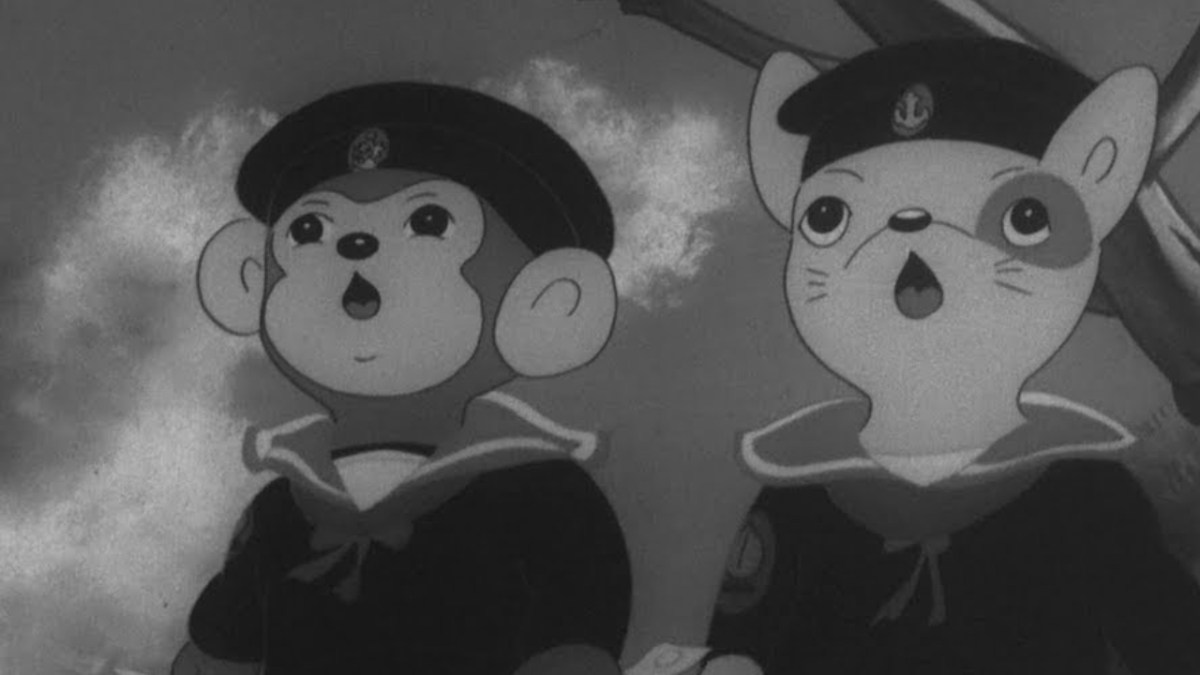

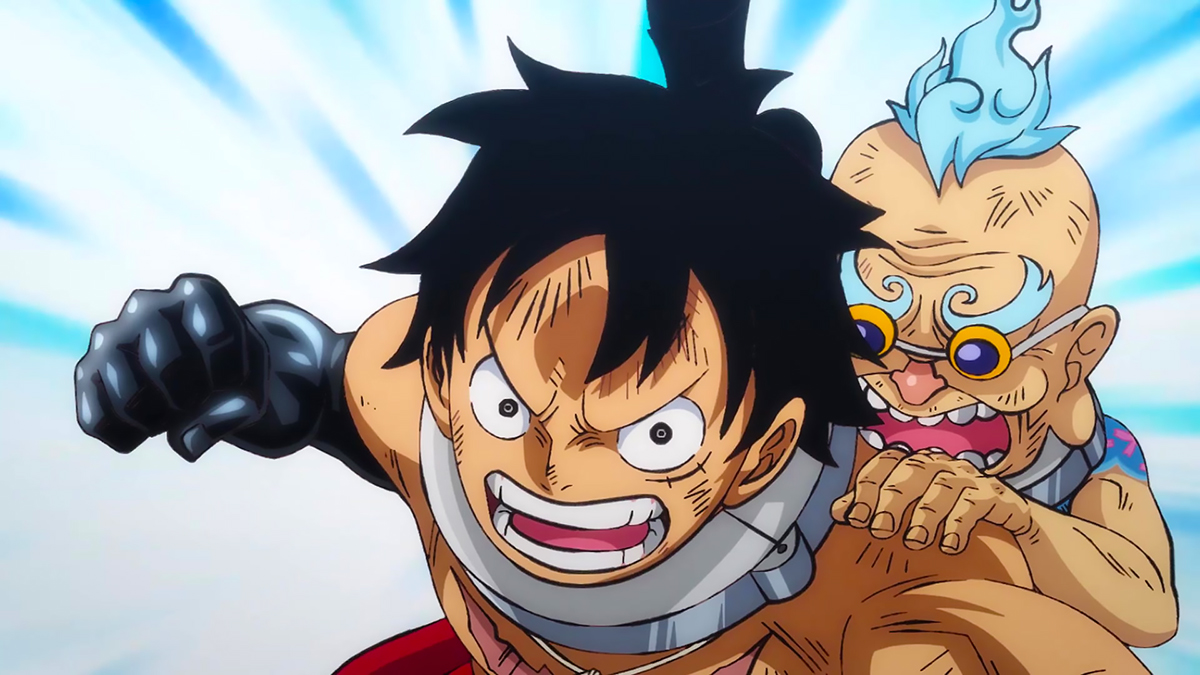
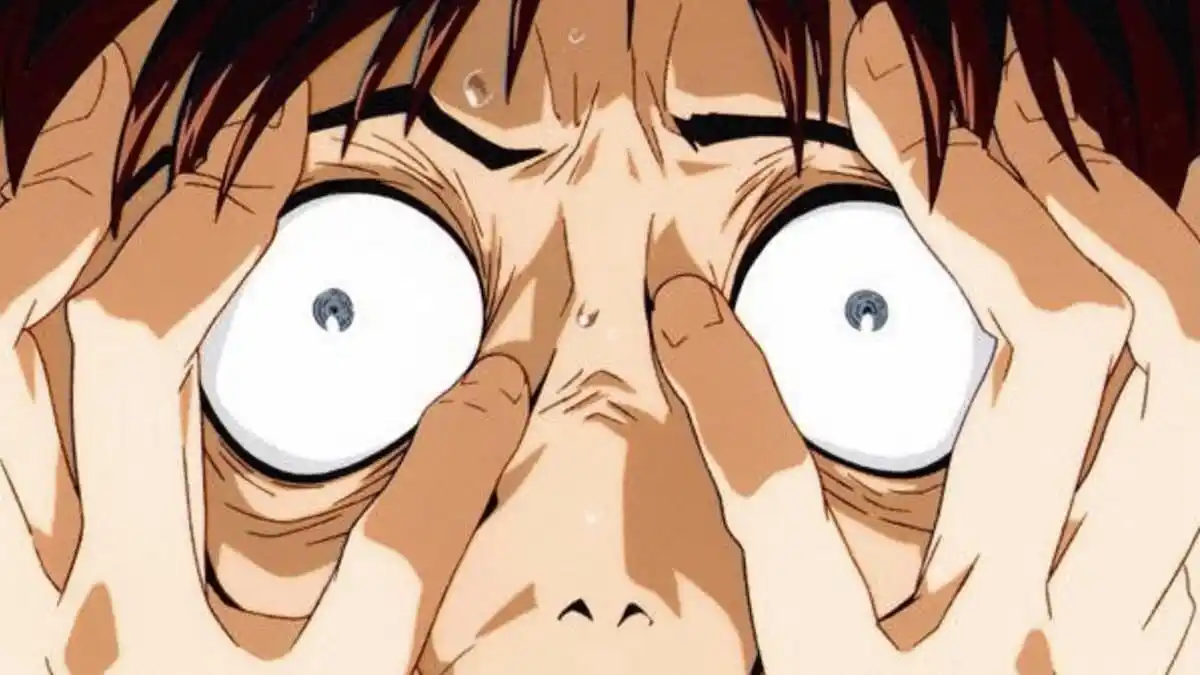
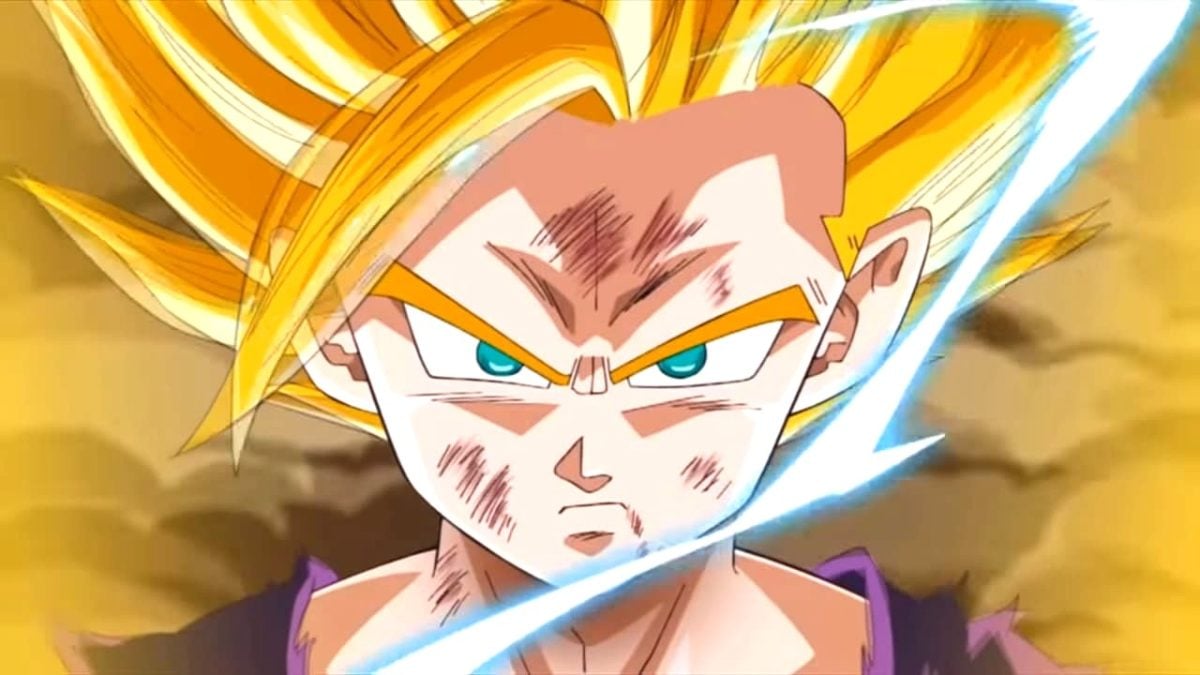
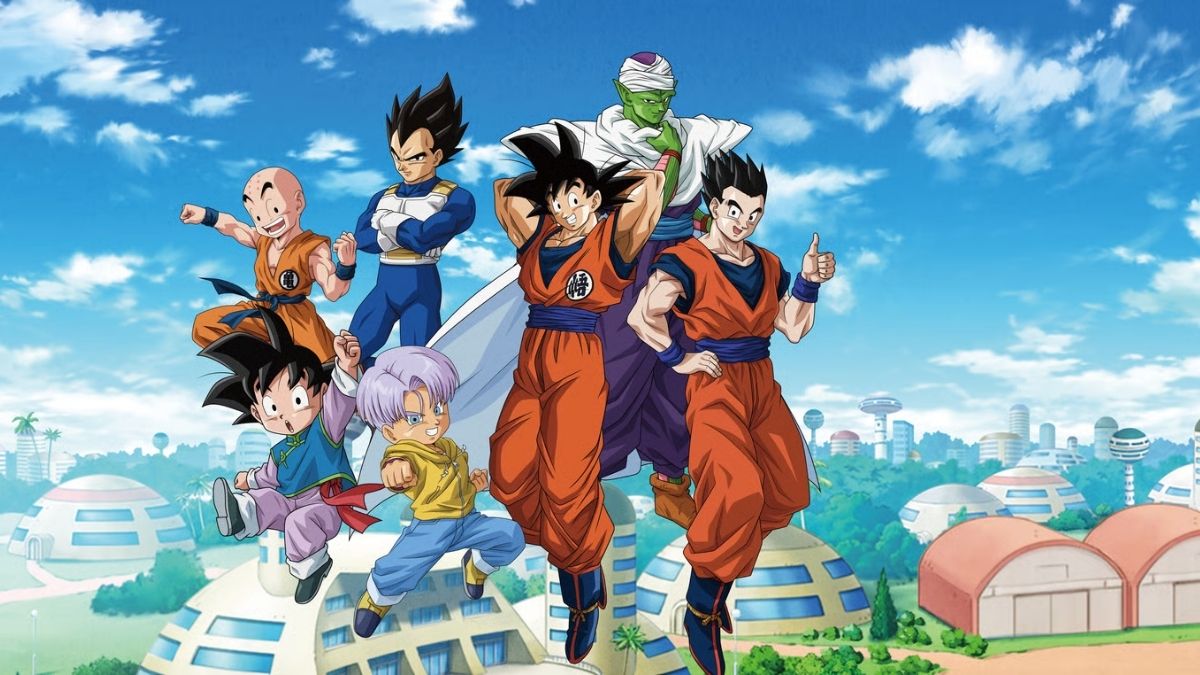
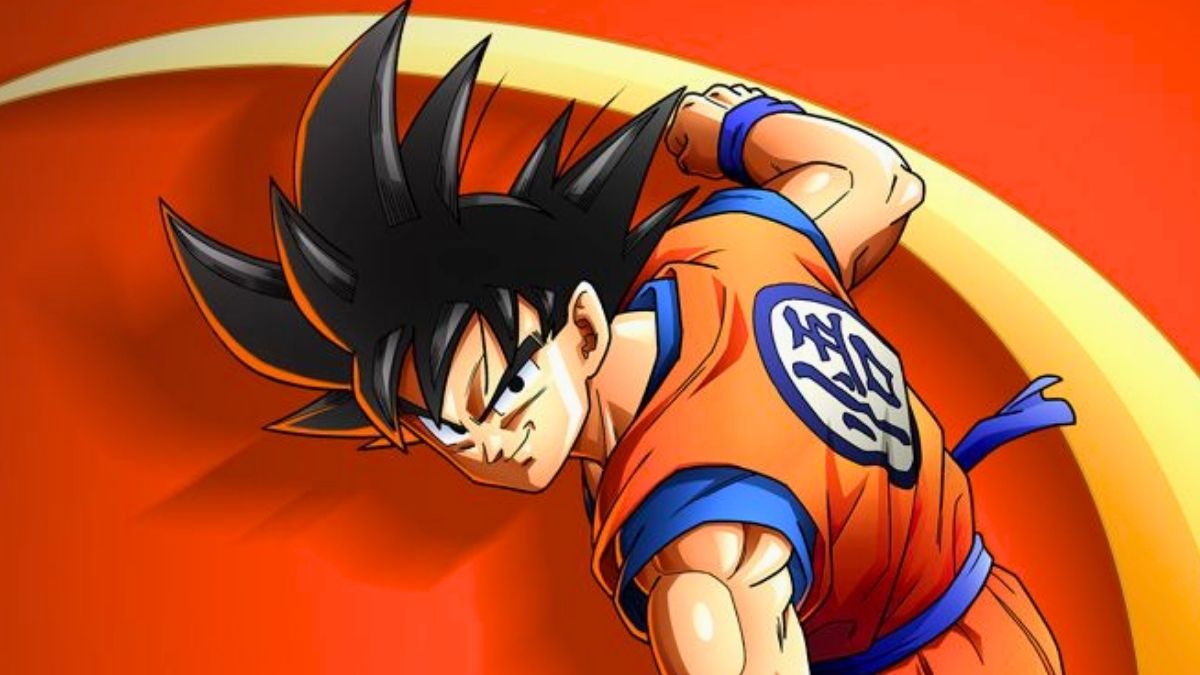
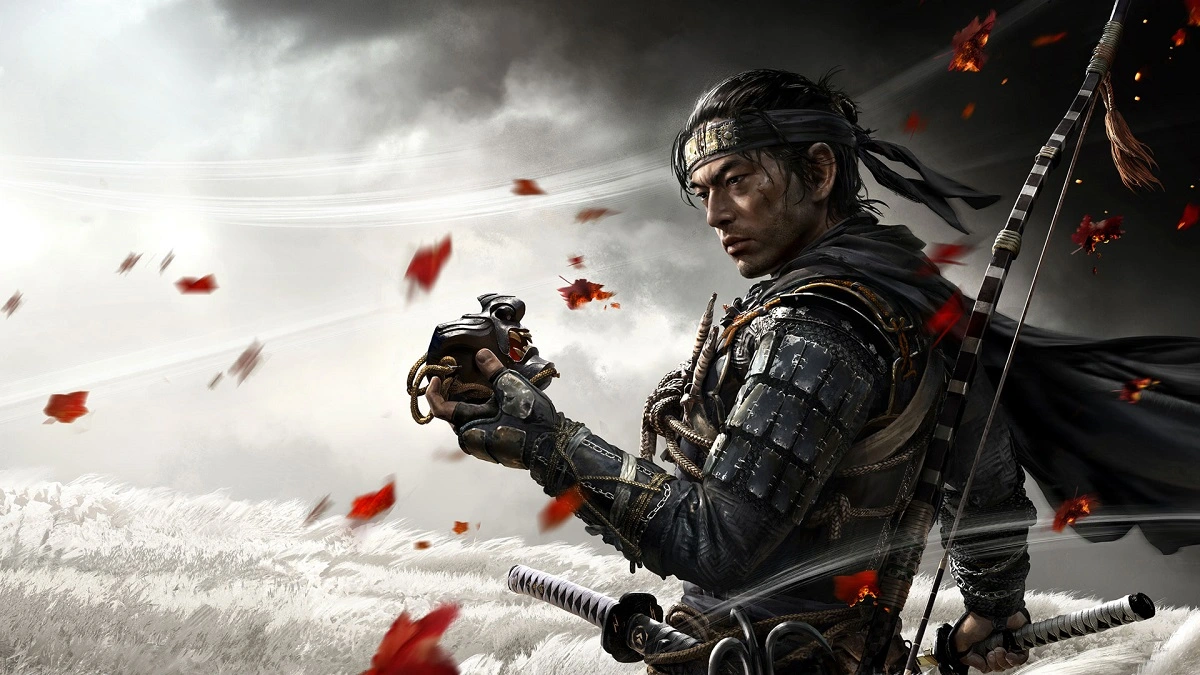
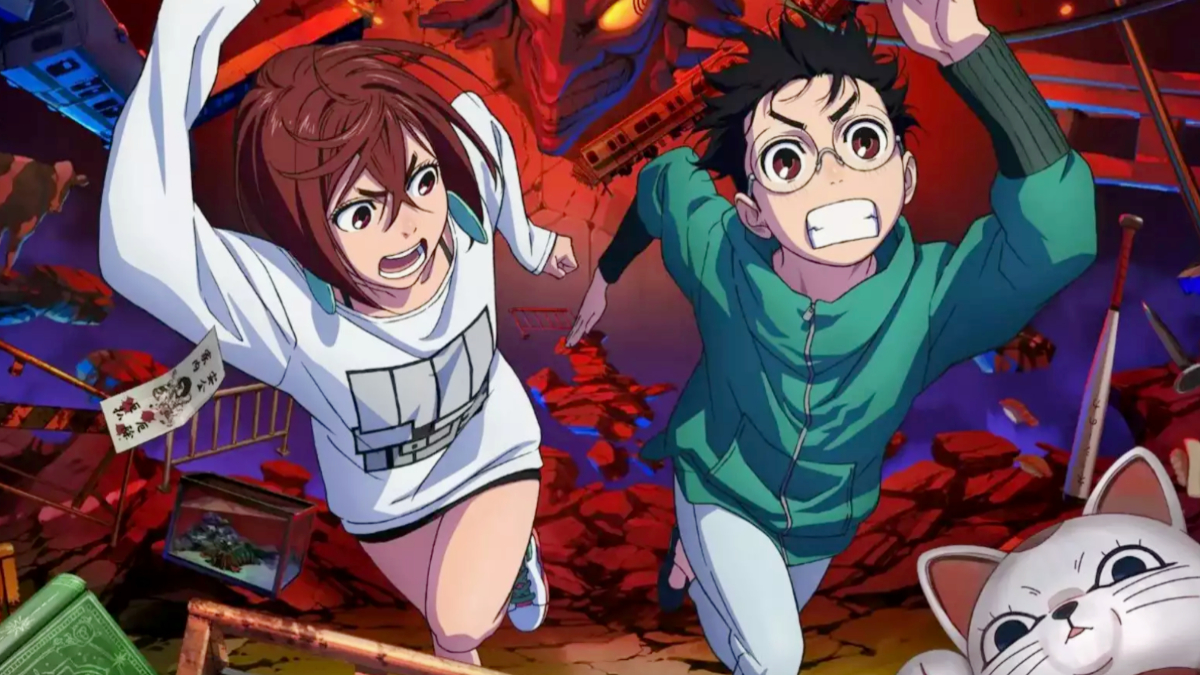

Published: May 26, 2022 02:11 pm